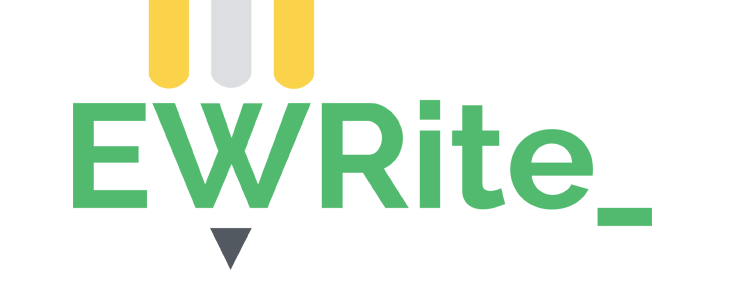4. Finding your focus
Now that you’ve identified all of the relevant components of the artwork, such as the artistic elements, theories, experts’ opinions, and historical and cultural influences, carefully consider the question or issue which is the focus of your essay. By comparing and combining the information you have gathered, you can formulate an answer to that question. This answer becomes your argument and the focus of your essay.
An analytical art essay typically has these parts:
- an introduction
· a series of arguments, and
- a conclusion.
The “arguments” in this formula are the discussions in your body paragraphs. Each body paragraph should explore and discuss an aspect of your question or issue, and each body paragraph should include the evidence from your analysis. Remember that this evidence is either:
§ Your own observations of and ideas about the artwork (with no citation), or
§ Other people’s ideas and observations about the artwork (with citation)
Analysis often means comparing and contrasting your own ideas to those of
others. This results in something new – your own argument about the artwork
or issue in question. Your unique argument about the artwork should be
supported in the body paragraphs, and drawn together and clearly stated in
the conclusion.
About this website
EWRite is an open access online literacy platform for PolyU community that has two major objectives:
- to support PolyU students’ literacy development within and across the disciplines
- to support subject and language teachers to implement system-level measures for integrating literacy-sensitive pedagogies across the university
This platform provides access to generic genre guides representing typical university assignments as well as links to subjects offered by faculties with specific disciplinary genres and relevant support materials.
The materials can be retrieved by students by choosing the genres that interest them on the landing page. Each set of materials includes a genre guide, genre video, and a genre checklist. The genre guide and video are to summarize the genres in two different ways (i.e. textual and dynamic) to fit different learning styles. The genre checklist is for students to self-regulate their writing process. The genre guide and checklist include links to various ELC resources that can provide further explanation to language items (e.g. hedging and academic vocabulary).
The platform also acts as a one-stop-shop for writing resources for students, language teachers and subject leaders. Information about the English Writing Requirement policy can also be found on this platform. There are training materials for new colleagues joining the EWR Liaison Team.


